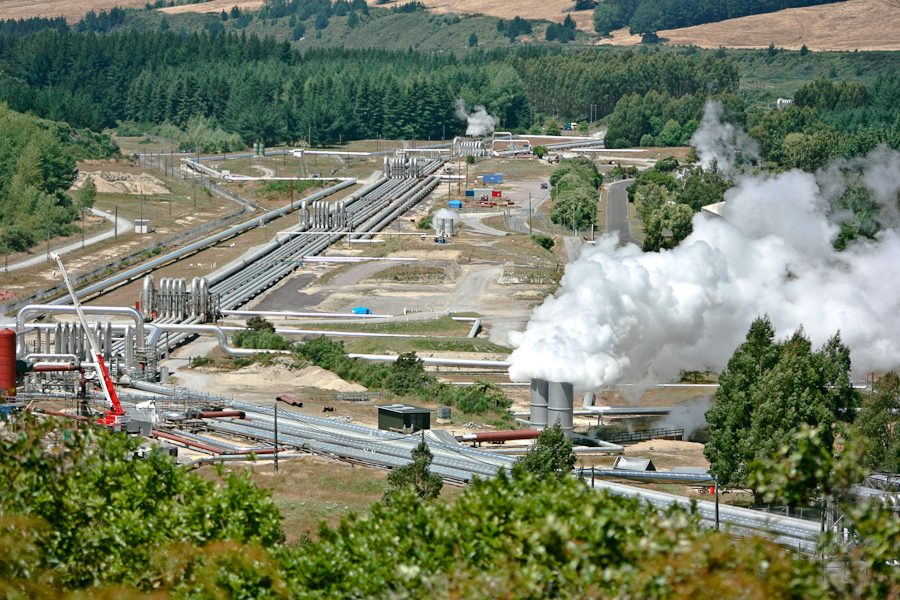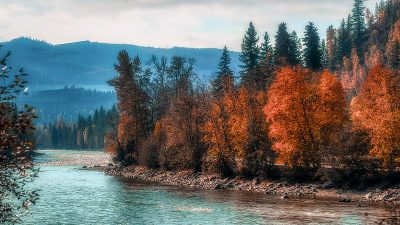Reviewing NZ’s geothermal planning & regulatory Framework
A recently published report, provides a great overview of the planning and regulatory framework relating to the existing development and use of conventional geothermal resources in New Zealand.
A report released in May of this year, summarises the planning and regulatory framework relating to the existing development and use of conventional geothermal resources in New Zealand.
The report has been prepared under the Geothermal: The Next Generation (GNG) research programme.
This background information will inform further research work under GNG, which will focus on the future potential development and use of hotter, deeper supercritical geothermal resources and an optimal planning framework to enable this, while achieving sustainable management.
During the drafting of this report, the NZ Government announced that it would repeal the Resource Management Act (“RMA”). The current recommendations are to replace the RMA with new legislation focussed on improving environmental outcomes and to better enable urban and other development within environmental limits. This proposal provides the GNG project with an opportunity to contribute to the development of new legislation to provide an optimised framework for Supercritical geothermal resource use and development.
The report was authored by Deborah Kissick of Traverse Environmental, with contributions by Brian Carey of GNS Science, and Melissa Climo of Bridger Consulting.
The various chapters of the report are addressing the background and history of geothermal resource use in New Zealand, look at the statutory framework currently applying to the management and use of geothermal resources in New Zeland, and how the statutory framework has been interpreted by Regional Councils in New Zealand where accessible high temperature geothermal resources maybe present.
Of course the aspects of the report go deeper, but the report also shares some good insights on current contribution of geothermal to New Zealand’s energy supply.
With the latest figures from MBIE in New Zealand:
- Geothermal supplies 21.7% of New Zealand’s primary energy 2 (2019)
- Geothermal energy supplies 17.4% of New Zealand’s generated electricity (2019)
- Geothermal sources account for 5.7% of consumed energy (2019)
For the full report see document linked in the site sourced below.
Source: Geothermal Next Generation


















